The views expressed in our content reflect individual perspectives and do not represent the authoritative views of the Baha'i Faith.
This series of essays demonstrates both victories and setbacks in the early American Baha’i community’s efforts to build racially united communities during the Jim Crow era.
Miami, Florida is an excellent case-in-point. The early Miami Baha’i efforts depicted in this series so far were heroic, even though ultimately of only limited and often short-lived success. The prevailing forces of racial prejudice and hatred were too formidable to overcome these racial barriers in a decisive way, and did not begin to systemically succeed until after many efforts were made over a long period of time. Nevertheless, the small incremental advances made by the fledgling Miami Baha’i community—and thousands of other Baha’i communities committed to the same principles—attract our interest and deserve our admiration. The Baha’i teachings helped start the movements that made the difference:
We must banish prejudice. Religious, patriotic, racial prejudices must disappear, for they are the destroyers of human society.
We must become the cause of the unity of the human race. – Abdu’l-Baha, Divine Philosophy, p. 25.
Take Major Goggins as a prime example. In Part 48, we met Major Goggins, an early African-American Baha’i from “Colored Town,” the racially segregated section of Miami, who appears on the Miami Baha’i membership lists for the Baha’i years of 1927–1928 and 1928–1929.
Major Goggins may have continued to be a part of the Miami Baha’i community before and after 1927–1929, but we simply lack documentation. But even if his membership was only temporary, this should be seen within the larger picture of the racial dilemmas in Miami, and indeed throughout the Deep South, at that time in America’s racially fraught history.
So what kind of a man was Major Alfred Christopher Goggins? Would information on his life and character give us further insight into how he was predisposed to accept and embrace the Baha’i teachings of interracial equality and harmony so readily? The answer is a resounding “Yes!”
Major Goggins was a remarkable man. One of the four early motion pictures—silent films—in which he played a small part is said to survive: Down Upon the Suwanee River, released in Britain in 1926 as Down upon the Swanee River. In that movie, Major Goggins played one of the very first positive African-American characters–“Uncle Jasper”–ever recorded in a mainstream American film. According to a major feature article on Major Goggins (published in the Pittsburgh Courier on April 9, 1932, p. A1), his other film credits include: “Where the Pavement Ends” (1923, based on a novel called “Passion Vine”) in which Major Goggins played a Samoan chieftain; “The Exciters” (1923); “Bumble Shackle” (1924); and, in addition to Down Upon the Suwanee River (1925), “Old Black Joe”—a “talkie” film that was never finished.
An archival copy of this landmark film is preserved in the Library of Congress, and another in the UCLA Film & Television Archive. (See catalog entry at UCLA Film & TV Archive)
This feature film was released on October 21, 1925, just prior to the first available record of Major Goggins as a Baha’i. Down upon The Suwannee River was produced by Royal Palm Productions on location and was directed by Lem F. Kennedy.


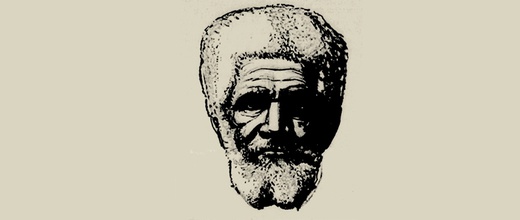


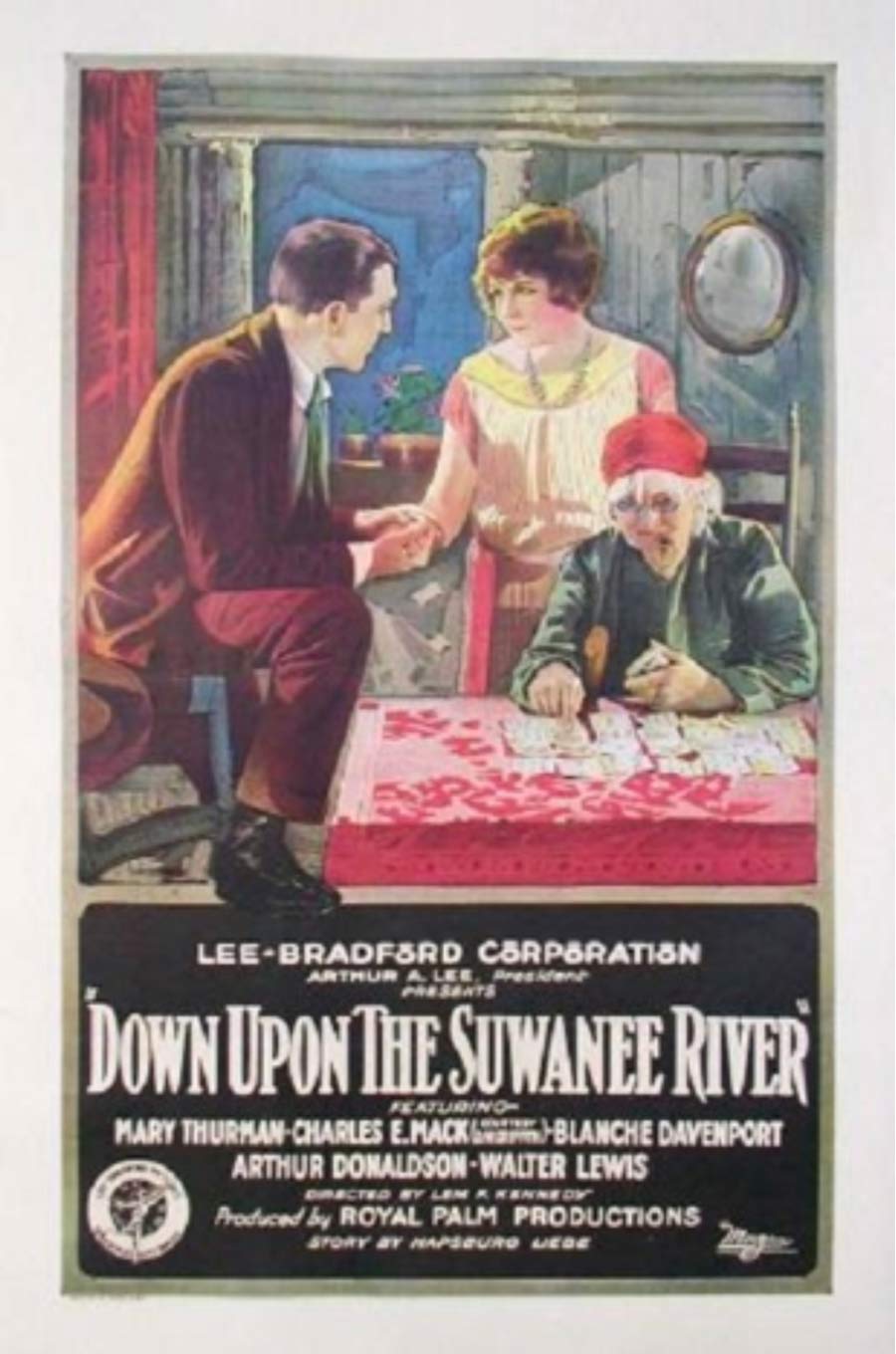

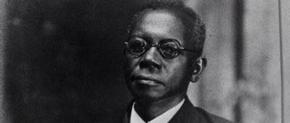

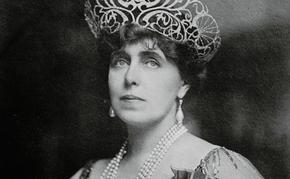
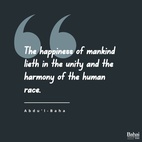








Comments
Sign in or create an account
Continue with Facebookor